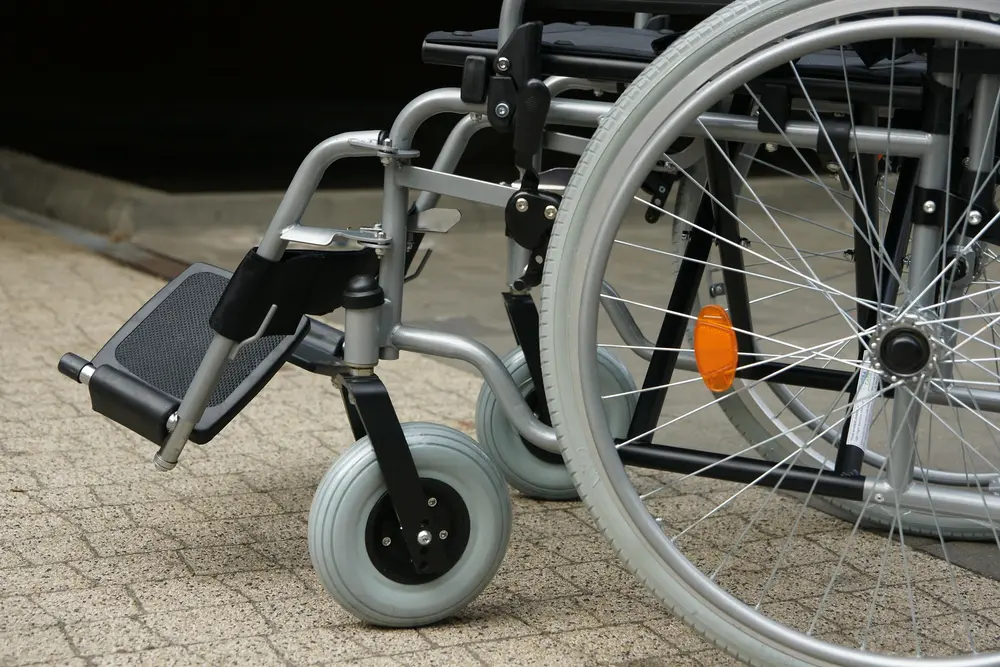If you receive Social Security benefits of any kind, you are probably familiar with the Social Security Cost of Living Adjustment (COLA). Its purpose is to ensure your benefits keep pace with inflation.
The Social Security Cost of Living Adjustment (COLA) for 2019 is 2.8%
Social Security rolls out new COLA information every year, and the changes that will take effect in 2019 were recently released. For the almost 68 million people receiving Social Security benefits and/or Supplemental Security Income (SSI) benefits (per December 2018 figures), there will be a 2.8% cost-of-living increase in your benefit checks. You can see the 2019 Social Security Cost of Living Adjustment Fact Sheet by clicking here. You can compare the 2019 numbers with 2018 by clicking here.
68 million, but that doesn’t tell the whole story
“Social Security disability payments are modest. At the beginning of 2019, Social Security paid an average monthly disability benefit of about $1,234 to all disabled workers. That is barely enough to keep a beneficiary above the 2018 poverty level ($12,140 annually). For many beneficiaries, their monthly disability payment represents most of their income.” (From https://www.ssa.gov/pubs/EN-05-10570.pdf) Still, these benefits can be a life-saver to those who cannot work due to disability.
Other important COLA changes to note include increases across the board:
- A Quarter of Coverage (also called a “Credit”) has increased, from $1,320 to $1,360 per month. “You earn a quarter of coverage (QC)—also called a “credit”—for a certain amount of work covered under Social Security, but you may earn no more than 4 QCs per year. Generally you need to be fully insured to receive Social Security benefits, but other requirements may also apply.” See https://www.ssa.gov/oact/progdata/insured.html for more information on insured status requirements. QCs also affect eligibility for Disability Insurance Benefits.
- The estimated average Social Security benefits for a disabled worker, spouse and one or more children has increased to $2,150 per month, however, the average Social Security benefit for a disabled worker individually is $1,234 per month in 2019.
- If you are under full retirement age, you can now earn $17,640 per year (or $1,470 per month) before your income will start to reduce your monthly retirement benefits. One dollar in benefits will be withheld for every $2 in earnings above the limit.
- If you reach full retirement age in 2019, you can earn up to $46,920 for the year, or $3,910 per month, for the months in the year prior to reaching full retirement age. There is no limit on earnings beginning the month an individual reaches full retirement age. Don’t know when you’ll reach full retirement age? Just check out this useful web page: https://www.ssa.gov/planners/retire/retirechart.html.
- The amount that Social Security considers to be “Substantial Gainful Activity” (SGA), which roughly means working, has increased from $1,180 per month to $1,220 per month (or $2,040 per month if you are blind). The threshold amount for a Trial Work Period (TWP) has also been increased from $850 to $880 per month.
- The maximum Social Security benefit for a worker retiring at full retirement age has increased to $2,861 per month, whereas the average monthly benefit for all retired workers is $1,461. That’s not a lot to live on.
- The SSI Federal Payment Standard will increase by $21/month to $771 per month for an individual and $1,157 per month for a couple.
All of these increases were determined using the Consumer Price Index for Wage Earners and Clerical Workers (CPI-W) from the third quarter of last year. Essentially, COLA increased because there was a price increase in consumer goods.
If you have more Social Security questions or concerns about a Social Security claim? Please contact my office so we can give you the help you need.
Have a great New Year!






